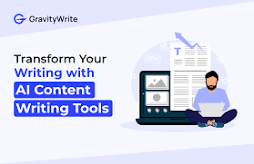10 AI Web Development Tools for 2024 are essential software applications that assist developers in the process of creating, testing, and maintaining websites or web applications. These tools can be categorized into various types, each serving a specific purpose in the development workflow. Web Development Tools, Text editors and integrated development environments (IDEs) like Sublime Text, Visual Studio Code, and Atom provide a foundation for coding. Version control systems, such as Git, help manage and track changes in source code. Package managers like npm and Yarn simplify the handling of dependencies in JavaScript projects. Web browser developer tools, such as Chrome Developer Tools and Firefox Developer Tools, offer debugging and profiling capabilities. CSS preprocessors like Sass and Less extend the capabilities of CSS with features like variables and mixins.

1. Art by DeepAI
Introduction: Web Development Tools Art by DeepAI is likely a tool that utilizes deep learning and artificial intelligence to generate artistic content. These tools often involve neural networks trained on large datasets of artistic styles to create unique and original pieces of art.
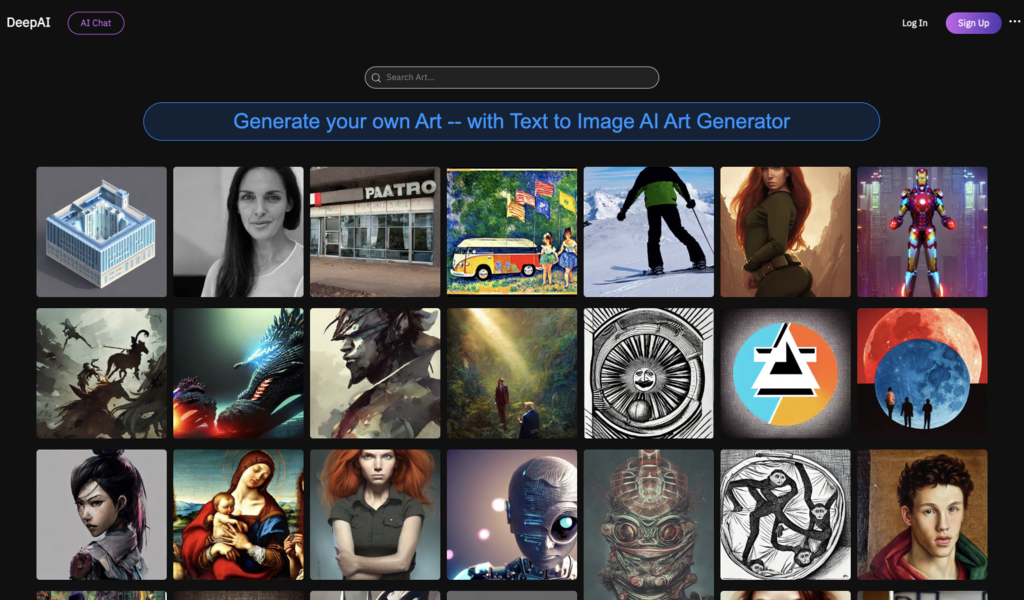
Characteristics:
- Art Generation: Art by DeepAI would likely have the characteristic of autonomously generating various forms of art, including paintings, drawings, or other visual compositions.
- Style Transfer: The tool might offer features for style transfer, allowing users to apply the characteristics of famous artists or specific art styles to their generated pieces.
- Customization Options: Users may have the ability to customize certain aspects of the generated art, such as color schemes, composition, or level of detail.
- Output Formats: The tool may provide options for exporting the generated art in different formats suitable for digital or print use.
Pros
- Creativity Enhancement: AI-driven art tools can inspire and enhance creativity by generating unique and unexpected artistic pieces.
- Time-Saving: Artists and designers can save time by using AI to quickly generate diverse art concepts.
- Accessible to Non-Artists: Tools with user-friendly interfaces can make artistic creation more accessible to individuals without extensive artistic training.
Cons:
- Dependency on Data Quality: The quality of the generated art may depend on the diversity and quality of the training data used by the AI model.
- Limited Artistic Intent: Some artists may find that AI-generated art lacks the intentional and emotional depth that comes with human-created art.
- Algorithmic Limitations: The tool may have limitations in understanding certain artistic concepts or responding to nuanced creative input.
Pricing in 2024: Research the pricing model for Art by DeepAI in 2024, including subscription plans, service packages, or additional costs for premium features. Pricing structures can vary, so understanding the available features at different price points is essential.
Conclusion: Conclude based on a balanced assessment of the characteristics, pros, and cons, as well as the pricing. Consider how well Art by DeepAI aligns with your artistic needs and whether it provides the creative inspiration and flexibility you seek. User reviews, if available, can offer insights into the practical experiences of artists using Art by DeepAI.
2. ContentBot
Introduction:
ContentBot likely designs itself as a tool to generate content, helping users create written content using artificial intelligence. Businesses, marketers, and writers often use these tools to streamline creating content.
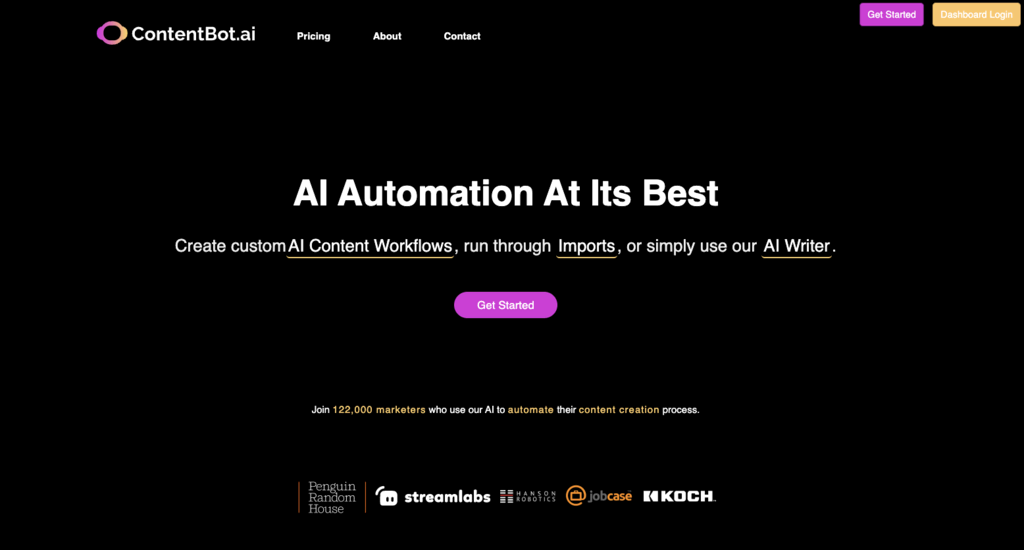
Characteristics:
- AI-Powered Writing: ContentBot may use advanced natural language processing and machine learning algorithms to generate human-like text based on user inputs.
- Customization Options: Users might have the ability to customize the style, tone, and content structure according to their specific needs.
- Content Variety: The tool could generate content for different purposes, including blog posts, articles, social media posts, and more.
- User-Friendly Interface: Characteristics may include a user-friendly interface to make content generation accessible to users with varying levels of writing expertise.
Pros:
- Time Efficiency: ContentBot can save time by automating the writing process, allowing users to generate content quickly.
- Consistency: AI-driven content generation can maintain consistency in style and tone across various pieces of content.
- Versatility: The tool may be versatile in generating content for different platforms and purposes.
Cons:
- Quality Variability: The quality of the generated content may vary, and it may not always meet the same standards as content written by humans.
- Dependency on Inputs: The effectiveness of ContentBot depends on the clarity and specificity of user inputs.
- Lack of Creativity: AI-generated content may lack the creativity, intuition, and nuanced understanding that human writers bring to their work.
Pricing in 2024:
Research the pricing model for ContentBot in 2024, including subscription plans, service packages, or additional costs for premium features. Varying pricing structures exist, and understanding the features included in each pricing tier is essential.
Conclusion:
10 AI Web Development Tools for 2024, Conclude based on a balanced assessment of the characteristics, pros, and cons, as well as the pricing. Consider how well ContentBot integrates into your content creation workflow and whether it aligns with your specific content needs. User reviews, if available, can provide insights into the practical experiences of users leveraging ContentBot.
3. WordLift
Introduction:
10 AI Web Development Tools for 2024, The WordLift WordPress plugin enhances content optimization and organization. It uses semantic technologies and AI to aid users in creating, organizing, and structuring content for better search engine discoverability.
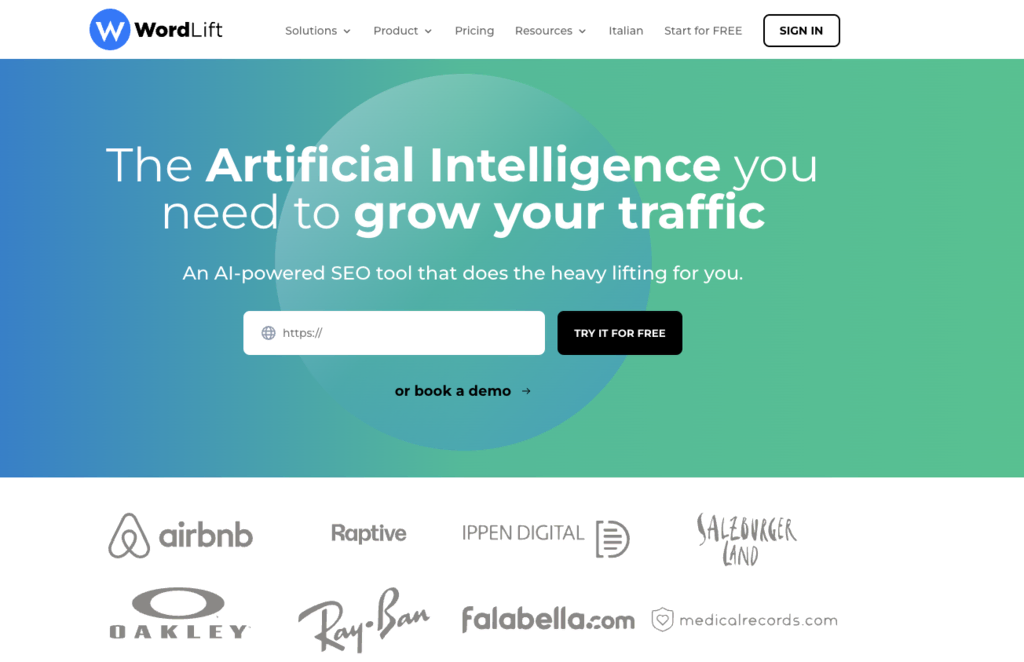
Characteristics:
- Content Structuring: WordLift likely includes schema markup and semantic annotations for structuring content and providing extra context to search engines.
- SEO Optimization: The tool may include SEO optimization features, assisting users in improving their content’s search engine ranking and visibility.
- Knowledge Graph Integration: WordLift might integrate with knowledge graphs, helping websites connect concepts and entities to provide richer and more context-aware content.
- Semantic Tagging: Users may benefit from semantic tagging functionalities, allowing them to categorize and tag content in a way that aligns with semantic web principles.
Pros:
- Improved SEO: WordLift can contribute to better search engine optimization by providing structured data and enhancing content visibility.
- Content Organization: The tool helps users organize their content, making it more accessible and understandable to both search engines and users.
- Knowledge Graph Enhancement: Integration with knowledge graphs adds a layer of semantic understanding to content, improving its context and relevance.
Cons:
- Learning Curve: Users, especially those new to SEO and semantic web concepts, may experience a learning curve when implementing WordLift.
- Dependency on Quality Content: While WordLift aids in optimization, the overall effectiveness is still dependent on the quality and relevance of the underlying content.
- WordPress Dependency: As a WordPress plugin, WordLift’s usage is limited to WordPress websites.
Pricing in 2024:
Research the pricing model for WordLift in 2024, including subscription plans, service packages, or additional costs for premium features. Pricing structures can vary, so it’s important to understand what features are included in each pricing tier.
Conclusion:
Conclude based on a balanced assessment of the characteristics, pros, and cons, as well as the pricing. Consider how well WordLift aligns with your SEO and content organization needs within the context of your WordPress website. User reviews and experiences can provide insights into the practical benefits and challenges of using WordLift.
4. Narrato AI
Introduction:
Narrato AI is a content creation tool that utilizes artificial intelligence to assist users in generating written content. Whether it’s for blog posts, articles, or other written materials, Narrato AI aims to streamline the content creation process through automated text generation.
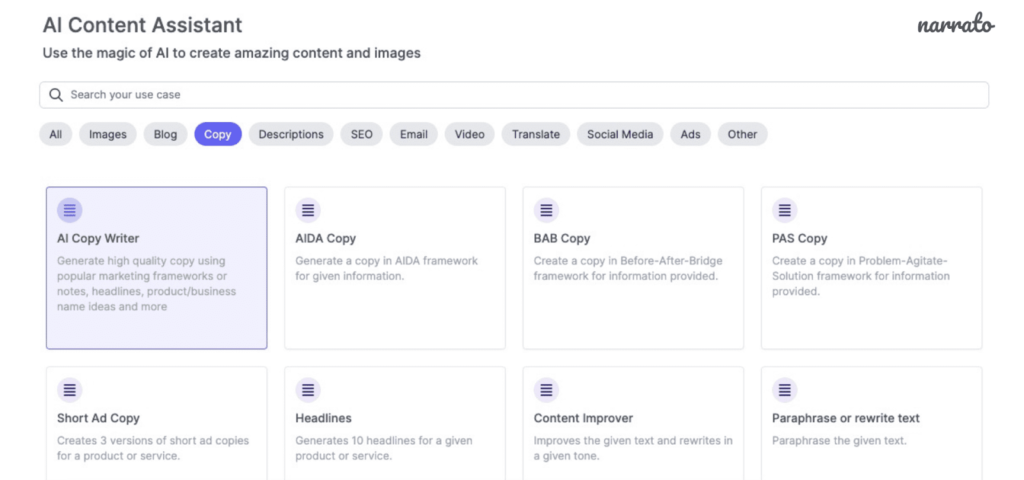
Characteristics:
- AI-Powered Writing: Narrato AI employs artificial intelligence algorithms to create human-like text, providing users with content generation assistance.
- Content Customization: Users customize generated content in the tool to match their preferences.
- User-Friendly Interface: Narrato AI may provide a user-friendly interface, making it accessible for individuals with varying levels of writing expertise.
- Content Quality Assurance: The tool may integrate grammar checking, readability analysis, and coherence to ensure quality in the generated content.
Pros:
- Time Efficiency: Narrato AI can save time for content creators by automating the writing process, enabling them to focus on refining and enhancing the content.
- Versatility: The tool’s ability to generate content on various topics may appeal to users with diverse content creation needs.
Cons:
- Potential Lack of Creativity: Depending on the sophistication of the AI, there may be limitations in terms of generating truly creative or highly nuanced content.
- Over-reliance Risk: Users might be at risk of over-relying on AI-generated content without critically evaluating or editing the output.
Pricing in 2024:
Details about pricing for Narrato AI in 2024 would need to be obtained from the official website or by reaching out to the company. Pricing models for such tools often involve subscription plans or usage-based fees.
Conclusion:
In conclusion, 10 AI Web Development Tools for 2024, Narrato AI offers a solution for users seeking efficient content creation through the use of artificial intelligence. Its characteristics, pros, and cons should be considered in the context of individual needs and preferences. User reviews and experiences can provide valuable insights into how well Narrato AI aligns with specific content creation goals and whether it’s a suitable tool for users in 2024.
5. Rank Math SEO
Introduction:
Rank Math SEO is a WordPress SEO plugin that aims to simplify the process of optimizing websites for search engines. It provides features to boost on-page SEO and enhance site visibility on SERPs.

Characteristics:
- On-Page SEO Tools: Rank Math optimizes meta titles, meta descriptions, and other on-page elements for SEO.
- Rich Snippets and Schema Markup: The plugin likely supports rich snippets and schema markup for improved search result appearances.
- Content Analysis: Rank Math provides content analysis tools, guiding users on SEO best practices and suggesting improvements.
- XML Sitemap Generation: The plugin includes XML sitemap generation for effective search engine crawling and indexing.
Pros:
- Feature-Rich: Rank Math is known for offering a comprehensive set of features for SEO optimization within a single plugin.
- User-Friendly Interface: The plugin is designed to be user-friendly, making it accessible to users with varying levels of technical expertise.
- Free Version Available: Rank Math provides a free version with essential SEO features for broad accessibility.
Cons:
- Feature Overload: The extensive features may overwhelm users seeking a streamlined SEO solution.
- Learning Curve: While user-friendly, there may still be a learning curve for users new to SEO practices and terminology.
- Compatibility Concerns: As with any plugin, users should be mindful of potential compatibility issues with other WordPress plugins or themes.
Pricing in 2024:
Check Rank Math SEO’s 2024 pricing, including subscription plans, service packages, and any added costs for premium features. While Rank Math has traditionally offered a free version, they also provide a pro version with advanced features.
Conclusion:
10 AI Web Development Tools for 2024, Conclude based on a balanced assessment of the characteristics, pros, and cons, as well as the pricing. Consider how well Rank Math SEO aligns with your specific SEO needs and whether its feature set meets your expectations. User reviews can offer valuable insights into the practical experiences of website owners and developers using Rank Math SEO.
6. AWS Amplify
Introduction:
AWS Amplify is a full-stack development platform designed to accelerate the development and deployment of web and mobile applications. It simplifies development, enabling focus on building features rather than managing infrastructure.

Characteristics:
- Backend Services: AWS Amplify provides authentication, storage, APIs, and database backend services for scalable and secure application development.
- Frontend Framework Support: The platform supports React, Angular, and Vue.js, allowing developers to use their preferred frontend frameworks.
- Continuous Deployment: Amplify supports continuous deployment, automating the build, test, and deployment processes for seamless application updates.
- Serverless Architecture: Amplify leverages serverless computing, allowing developers to build scalable applications without managing the underlying infrastructure.
Pros:
- Simplified Development: AWS Amplify streamlines development with pre-configured services, reducing the need for manual setup.
- Scalability: With AWS behind it, Amplify applications can easily scale based on demand, accommodating growing user bases without significant rearchitecting.
- Integration with AWS Services: Amplify seamlessly integrates with other AWS services, allowing developers to leverage additional capabilities like machine learning, analytics, and more.
Cons:
- Learning Curve: While designed to simplify development, new users may face a learning curve when navigating the various features and services offered by Amplify.
- Customization Limitations: Advanced users seeking highly customized infrastructure setups may find certain limitations within the Amplify framework.
- Dependency on AWS: Users committed to Amplify are inherently tied to the AWS ecosystem, which may be a drawback for those looking for more agnostic solutions.
Pricing in 2024:
Research the pricing model for AWS Amplify in 2024, including any changes to subscription plans, usage-based costs, or additional fees for premium features. AWS commonly offers a pay-as-you-go pricing model based on resource usage.
Conclusion:
10 AI Web Development Tools for 2024, Conclude based on a balanced assessment of the characteristics, pros, and cons, as well as the pricing. Consider how well AWS Amplify aligns with your development workflow and requirements, and whether its features provide the flexibility and scalability needed for your applications. User reviews and case studies can provide insights into real-world experiences with AWS Amplify.
7. Firebase
Introduction:
Firebase is a robust platform designed to streamline the development and maintenance of mobile and web applications. Acquired by Google, Firebase provides a range of services that cover various aspects of app development, including authentication, real-time databases, hosting, cloud functions, and more.
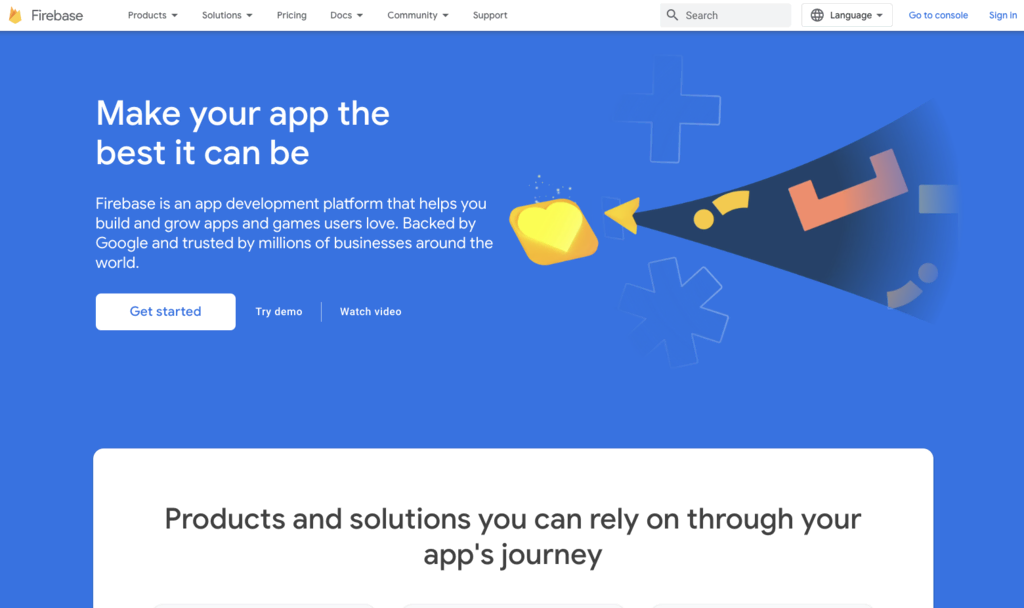
Characteristics:
- Real-time Database: Firebase offers a real-time NoSQL database, allowing developers to build responsive and collaborative applications with synchronized data across clients.
- Authentication: The platform includes authentication services, enabling developers to implement secure user sign-up, sign-in, and access control features.
- Cloud Functions: Firebase supports serverless computing through Cloud Functions, allowing developers to execute backend code in response to events triggered by Firebase features and HTTPS requests.
- Hosting: Firebase Hosting provides a scalable and secure solution for deploying web applications quickly with features like SSL, CDN integration, and continuous deployment.
Pros:
- Ease of Use: Firebase is known for its simplicity and ease of use, making it accessible to developers with various levels of expertise.
- Real-time Capabilities: The real-time database and other real-time features enable the development of responsive and collaborative applications.
- Integration with Other Google Services: Firebase seamlessly integrates with other Google Cloud services, offering additional capabilities such as machine learning, analytics, and cloud storage.
Cons:
- Limited Customization: Advanced users seeking highly customized infrastructure setups may find certain limitations within the Firebase framework.
- Vendor Lock-in: Firebase users are closely tied to the Google ecosystem, which may be a drawback for those seeking more agnostic solutions.
- Scalability Challenges: Some users have reported challenges with scalability for certain applications, particularly as they grow in complexity and user base.
Pricing in 2024:
10 AI Web Development Tools for 2024, Research the pricing model for Firebase in 2024, including any changes to subscription plans, usage-based costs, or additional fees for premium features. Firebase generally offers a free tier with usage limits and a pay-as-you-go pricing model for additional resources.
Conclusion:
10 AI Web Development Tools for 2024, Conclude based on a balanced assessment of the characteristics, pros, and cons, as well as the pricing. Consider how well Firebase aligns with your development requirements and whether its features provide the flexibility and scalability needed for your applications. User reviews and case studies can offer insights into real-world experiences with Firebase.
8. Azure Machine Learning(AML)
Introduction:
Azure Machine Learning is a comprehensive platform within the Microsoft Azure ecosystem designed to empower developers and data scientists to build, train, and deploy machine learning models at scale. It offers a range of tools and services to streamline the end-to-end machine learning workflow.
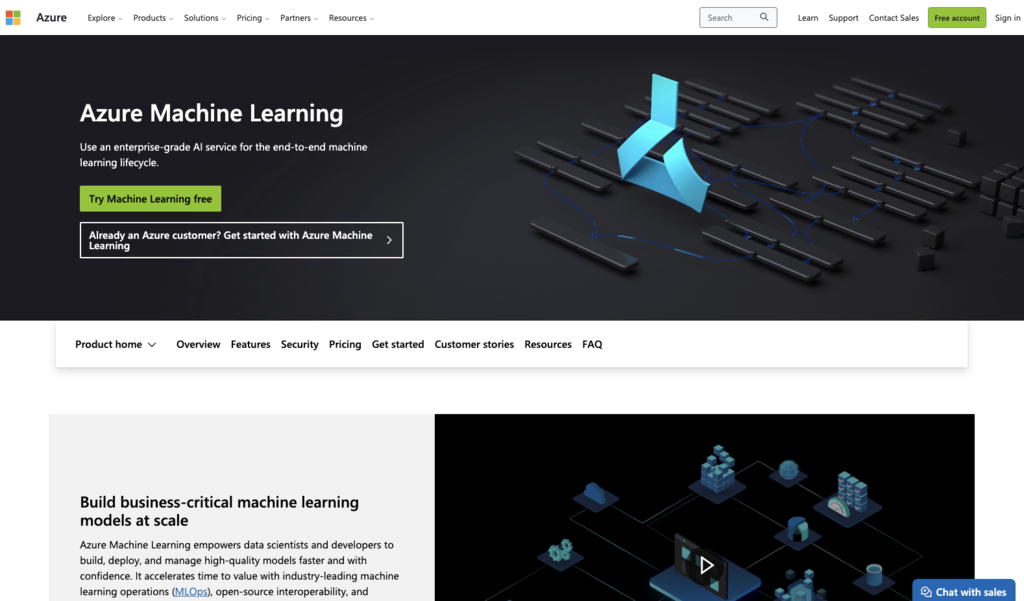
Characteristics:
- Model Training and Deployment: AML provides tools for training machine learning models using a variety of algorithms and frameworks, as well as features for deploying these models in production environments.
- Automated Machine Learning (AutoML): The platform includes AutoML capabilities, allowing users to automate aspects of the machine learning process, including feature engineering, model selection, and hyperparameter tuning.
- Integration with Azure Services: AML seamlessly integrates with other Azure services, such as Azure Databricks, Azure Synapse Analytics, and more, providing a cohesive environment for data processing and analytics.
- Scalability: Azure Machine Learning is designed to scale horizontally, enabling users to handle large datasets and deploy models that can handle high volumes of requests.
Pros:
- Integration with Azure Ecosystem: AML offers seamless integration with other Azure services, allowing users to build end-to-end solutions within the Azure ecosystem.
- Scalability: The platform is built to scale, making it suitable for handling large-scale machine learning workloads and deploying models in production environments.
- AutoML Capabilities: Automated Machine Learning simplifies the model development process and allows users to experiment with various algorithms and configurations.
Cons:
- Learning Curve: While powerful, AML may have a learning curve, particularly for users who are new to machine learning or the Azure ecosystem.
- Pricing Complexity: Azure’s pricing model can be complex, and users need to carefully manage resources to avoid unexpected costs.
- Limited Free Tier: While there is a free tier, certain features and capabilities may be subject to usage costs.
Pricing in 2024:
Check Azure Machine Learning’s 2024 pricing for subscription plans, usage costs, and fees for premium features. Azure generally offers a pay-as-you-go pricing model based on resource consumption.
Conclusion:
For AI web tools in 2024, conclude based on a balanced assessment of characteristics, pros, cons, and pricing. Assess how well Azure Machine Learning aligns with your requirements, particularly if already in the Azure ecosystem. User reviews and case studies can offer insights into real-world experiences with Azure Machine Learning.
9. GitHub Copilot
Introduction:
GitHub Copilot is an innovative code completion tool designed to enhance the coding experience for developers. Developed by GitHub and powered by OpenAI’s Codex model, Copilot uses machine learning to suggest code snippets as developers write, increasing productivity and reducing the time spent on routine coding tasks.
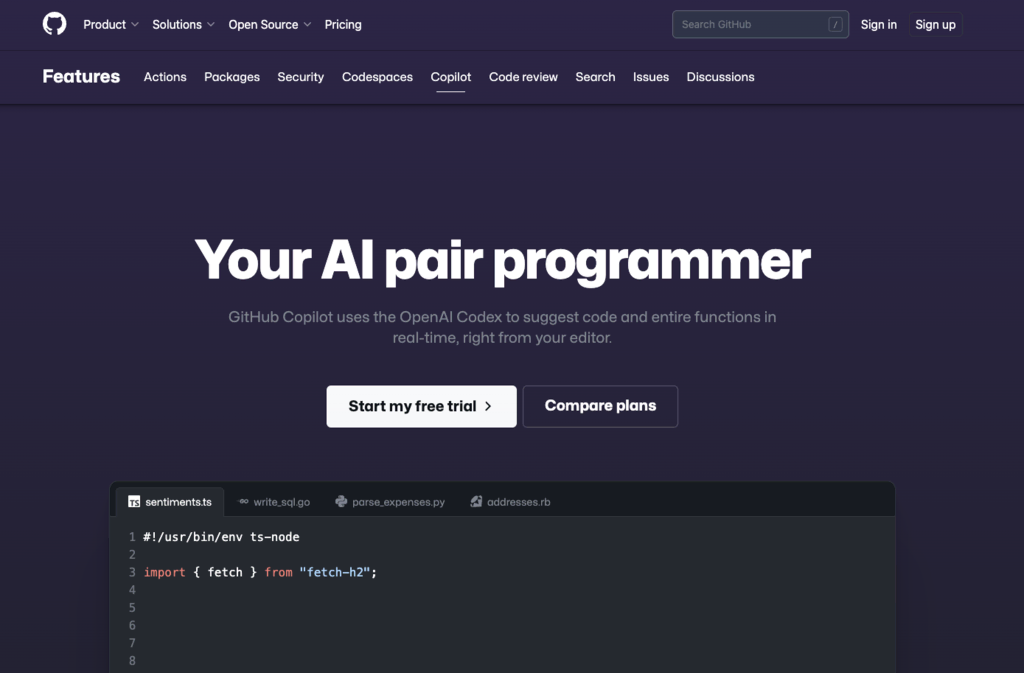
Characteristics:
- Code Suggestions: Copilot offers real-time code suggestions as developers type, providing whole lines or blocks of code based on the context of the current code being written.
- Language Support: The tool supports multiple programming languages, allowing developers to use it across a variety of projects and codebases.
- Integration with IDEs: GitHub Copilot integrates seamlessly with popular integrated development environments (IDEs), providing a familiar coding experience for developers.
- Customization: Developers can customize and adjust the suggestions provided by Copilot, allowing for a balance between automation and manual coding.
Pros:
- Increased Productivity: GitHub Copilot can significantly boost developer productivity by automating the generation of routine code segments.
- Reduced Coding Errors: The tool’s suggestions are based on a vast dataset of existing code, contributing to more accurate and standardized coding practices.
- Learning Aid: Copilot can serve as a learning aid for developers, offering insights into coding patterns and best practices.
Cons:
- Overreliance Risk: There’s a risk that developers may over-rely on Copilot, potentially leading to code quality issues if the generated code is not thoroughly reviewed.
- Context Understanding Limitations: Copilot might not always fully understand the developer’s specific context, leading to occasional inaccuracies in code suggestions.
- Code Ownership and Licensing Concerns: Developers need to be mindful of licensing and ownership issues when using code snippets generated by Copilot.
Pricing in 2024:
Research the pricing model for GitHub Copilot in 2024, as GitHub might introduce changes or offer new plans. As of my last knowledge update, GitHub Copilot was available as a subscription service with associated costs.
Conclusion:
Conclude based on a balanced assessment of the characteristics, pros, and cons, as well as the pricing. 10 AI Web Development Tools for 2024, Consider how well GitHub Copilot integrates into your workflow, enhances productivity, and aligns with your coding preferences. User reviews and experiences can provide valuable insights into the practical use of GitHub Copilot in different development scenarios.
10.TensorFlow.js
Introduction: TensorFlow.js is an open-source JavaScript library developed by Google that enables machine learning (ML) and deep learning (DL) in the browser and on Node.js. It allows developers to build and train ML models directly in the browser, facilitating the integration of machine learning capabilities into web applications.

Characteristics:
- Browser and Node.js Compatibility: TensorFlow.js is designed to work seamlessly in web browsers as well as in Node.js environments, providing flexibility for deploying machine learning applications.
- On-Device Inference: The library supports on-device model inference, allowing developers to run trained models directly on users’ devices without the need for server-side processing.
- Training and Inference: TensorFlow.js enables both model training and inference in JavaScript, empowering developers to create end-to-end machine learning workflows.
- Pre-Trained Models: It offers pre-trained models for tasks like image recognition and natural language processing.
Pros:
- Accessibility: TensorFlow.js makes machine learning more accessible to web developers, allowing them to incorporate ML capabilities without extensive backend infrastructure.
- Real-time Inference: On-device inference capabilities enable real-time predictions without relying on external servers, improving user experience.
- Community and Ecosystem: Being an open-source project, TensorFlow.js benefits from a robust community and ecosystem, providing resources, tutorials, and contributions.
Cons:
- Performance: On-device inference might have limitations in terms of performance, especially for large and complex models.
- Learning Curve: Working with machine learning concepts can have a learning curve for developers new to ML.
- Limited Model Size: On-device deployment may have model size constraints, affecting the types of models suitable for browsers.
Pricing in 2024: As an open-source library, TensorFlow.js is freely available for use. There are no direct costs associated with using the library itself. Deploying models on external servers or using cloud services for training can result in incurred costs for developers.
Looking to AI web tools in 2024, TensorFlow.js stands out for bringing machine learning to the web and Node.js. With compatibility and on-device inference, it proves valuable for web developers. Its open-source nature adds to its appeal, especially for those integrating machine learning into their projects. Consider TensorFlow.js pros and cons for an informed decision on its suitability for your needs.



